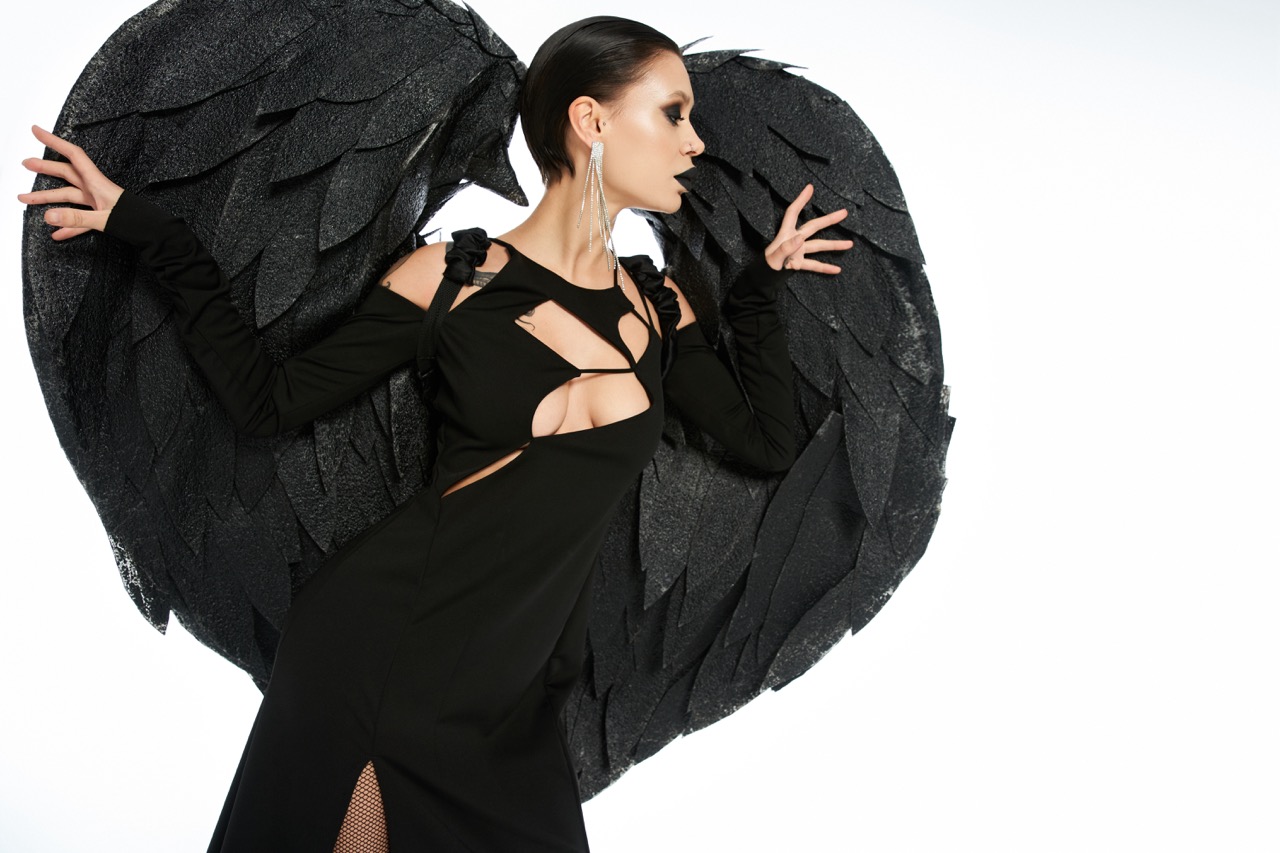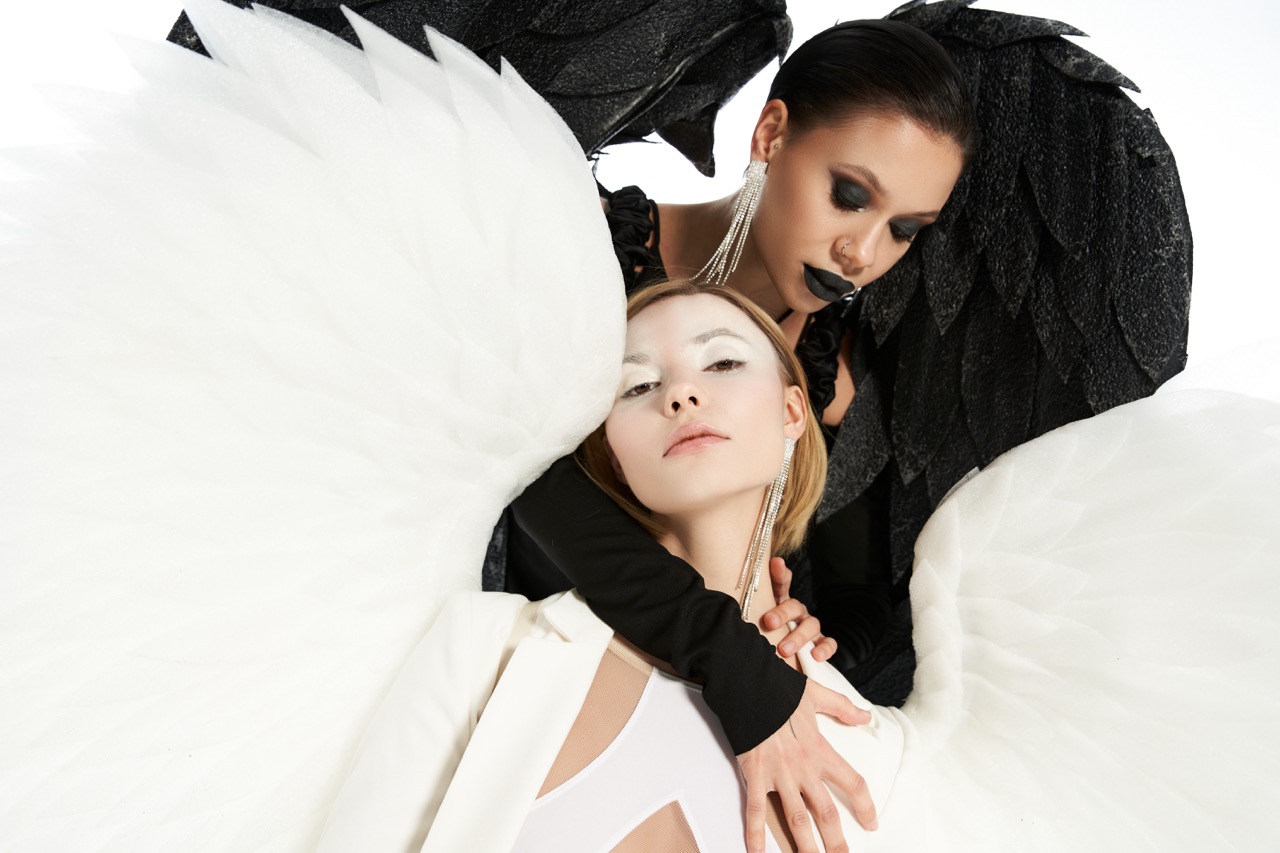Dance is an expressive art form that transcends time, culture, and age. It has the remarkable ability to connect individuals across generations, fostering understanding and appreciation. Whether it’s the elegance of a waltz or the pulsating energy of hip-hop, dance serves as a universal language that resonates deeply within the human experience. This article explores how dance bridges the generational divide, celebrating the rhythms that unite us, the styles that reflect our evolution, and the legacy we pass on through movement.
Uniting Rhythms: The Timeless Language of Dance
At its core, dance is a form of communication that speaks to the heart, transcending words and cultural barriers. Each movement is a rhythm, a beat that captures emotions and tells a story, allowing dancers to express their unique identities while also inviting others to join in. The shared experience of dance creates a communal bond, where participants can connect on a deeper level, often feeling like they’re part of something greater than themselves. This timeless language becomes a bridge, allowing people from different backgrounds and ages to engage in a shared experience.
This unifying aspect of dance is particularly evident in community gatherings and celebrations, where traditional and modern forms coalesce. Events such as weddings, festivals, and cultural ceremonies provide platforms for people of all ages to come together and participate in dance. These intergenerational gatherings invite the wisdom of elders and the exuberance of youth, fostering an environment where everyone can learn from one another. In this way, the act of dancing becomes both a celebration of diversity and a testament to our shared humanity.
Moreover, the rhythm of dance can be a powerful tool for healing. In many cultures, dance is used as a form of therapy, helping individuals process emotions and trauma. This therapeutic aspect resonates across generations, as both the young and old find solace in movement. By engaging with dance, individuals can express themselves in a healthy way, bridging emotional gaps and creating a sense of belonging that transcends age. Thus, dance not only connects generations but also serves as a vital outlet for emotional expression and communal healing.
From Waltz to Hip-Hop: A Journey Through Generational Styles
The evolution of dance styles over the years paints a vivid picture of cultural shifts and generational preferences. Each era is marked by distinctive movements, music, and expressions that reflect societal changes. The waltz, with its graceful turns and elegant posture, symbolizes the formality of the past, evoking a sense of nostalgia among older generations. It represents a time when dance was often a structured and formal affair, teaching values of poise and grace to those who partook in its practice.
In contrast, the rise of more contemporary styles like hip-hop illustrates the rebellious spirit of youth and the influence of popular culture. Hip-hop encourages self-expression, creativity, and improvisation, inviting dancers to tell their stories through powerful movements and beats. As younger generations embrace this dynamic form, they not only celebrate their individuality but also challenge traditional norms, redefining what dance means in the modern context. This generational shift in style fosters dialogue between age groups, allowing for a richer understanding of each other’s experiences.
Despite these differences, there is a beautiful interplay between the old and the new. Dance studios, community centers, and educational programs often incorporate various styles, allowing individuals to experience the breadth of dance history. Older dancers may find themselves learning the latest hip-hop moves while younger dancers might dabble in the elegance of the waltz. This cross-pollination of styles enriches the dance community, enabling appreciation for the nuances of each generation’s contribution to this ever-evolving art form.
Shared Stages: Dance as a Catalyst for Connection
Shared stages—the metaphorical and literal platforms where dance is performed—offer unique opportunities for cohorts of various ages to connect. From community dance performances to school recitals, these events attract spectators and participants alike, creating a melting pot of generations coming together to appreciate the art. The energy in the room is palpable, with the audience comprised of family members, friends, and seasoned dancers cheering on their peers, reinforcing the idea that dance is a collective experience.
Intergenerational performances often showcase the talents of both young and mature dancers, reinforcing the notion that age is no barrier to creativity. These collaborations can be heartwarming, as audiences witness the beauty of youth and experience harmonizing in a single performance. Such shared stages provide an opportunity to celebrate the talents of all participants, whether they are novice dancers just starting their journey or seasoned performers revisiting their passion. In this context, everyone plays a crucial role, emphasizing the importance of support and camaraderie across generations.
Furthermore, these shared experiences foster mentorship opportunities, where older dancers can guide and inspire the younger generation. This relationship enriches both parties, as the wisdom of experience meets the fresh perspectives of youth. Through shared choreography sessions or workshops, older dancers pass down not only techniques but also stories and lessons learned throughout their journey. These connections create a tapestry of knowledge and experience that strengthens the dance community, making it a vibrant ecosystem of learning, growth, and shared passion.
Legacy in Motion: Passing Down Passion Through Dance
The legacy of dance is one that thrives on continuity, ensuring that the passion of previous generations lives on in the hearts and bodies of the young. Many dancers find themselves inspired by the styles of their predecessors, whether it’s a grandmother’s graceful ballet moves or a parent’s love for folk dance. This transmission of passion often takes place in the home, where family gatherings become informal dance lessons, nurturing a love for movement that spans generations.
Dance also plays a pivotal role in preserving cultural heritage. For many communities, traditional dances embody a rich history and are essential in teaching younger generations about their roots. Through festivals, workshops, and family traditions, the passion for these dances is passed down, ensuring that the cultural narratives remain alive. Each movement tells a story, and by participating, younger dancers become custodians of their culture, forging a bond with their ancestors that transcends time.
In educational settings, dance programs that emphasize generational inclusion further solidify this legacy. Schools and community centers that encourage intergenerational participation not only create opportunities for learning but also foster mutual respect and appreciation among dancers of varying ages. This collaborative approach ensures that the rich tapestry of dance continues to evolve while honoring its origins, allowing each generation to contribute their unique voice to the ongoing story of this art form.
Dance is a powerful medium that connects us across the chasms of time and generational divides. From the timeless rhythms that unite us to the evolving styles that reflect our changing world, dance serves as a vibrant tapestry woven with the threads of our shared experiences. By creating shared stages and passing down our passion, we fortify the connections between generations, ensuring that the legacy of dance continues to inspire and uplift. As we move together in this beautiful expression of life, we forge bonds that transcend age, reminding us that no matter how different we may seem, we all share the same heartbeat when it comes to the joy of dance.








